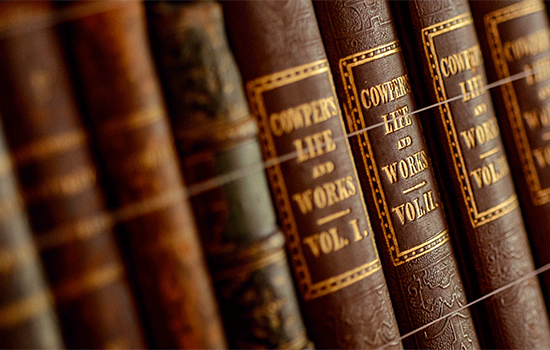
Easter is the most important date in the Christian calendar. Every year, Christians around the world remember Jesus’ crucifixion and celebrate his resurrection three days later.
But how did the egg come to represent Easter? In this article, Food Historian Sam Bilton takes a look at some of the theories, explores the traditions that have come and gone over the centuries, and shows you how to make your own traditional Easter Egg.
Early Easter Eggs
Throughout history, people across the world have given each other eggs at spring festivals to mark the seasons. Early Christians in Mesopotamia dyed eggs in the period after Easter. The practice was adopted by the Orthodox Churches, and from there it spread into Western Europe. Eggs represent new life and rebirth, and it’s thought that this ancient custom was absorbed into Easter celebrations.
During Lent, when Christians fasted to mark Jesus’ time in the wilderness, eggs were one of the foods that people weren’t allowed to eat (incidentally, this is why we make pancakes on Shrove Tuesday). So when Easter Sunday came around, tucking into an egg was a real treat.
Various traditions and superstitions sprang up around the egg at Easter. Eggs laid on Good Friday were said to turn into diamonds if they were kept for 100 years. Some thought that eggs cooked on Good Friday and eaten on Easter would promote fertility and prevent sudden death, and it became the custom to have your eggs blessed before you ate them. It was also said that if your egg had two yolks, you’d soon become rich. In Devon and Cornwall, people used to play a game like conkers with their eggs, hitting them against each other until one of them cracked.
Pace Eggs
One tradition just about clings on in some parts of England – the ‘pace egg’, and pace egg plays. The word ‘pace’ comes from ‘paschal’, the Latin name for Easter. They were hard boiled hen, duck or goose eggs with a colourful shell.
A selection of colourful traditional Easter eggs, known as pace eggs.
The first mention of pace eggs comes from early 18th-century Lancashire, and they grew in popularity over the century. They were given as presents or at pace egg plays, and sometimes they were rolled along the ground in a race – perhaps to symbolise the rolling away of the stone from Jesus’ tomb. There’s still an annual egg rolling event in Preston. The world’s most famous egg roll takes place every year on the White House lawn in Washington DC.
Pace egg plays can still be found in Lancashire and West Yorkshire, with one of the most famous at Heptonstall. They’re a little like mummers’ plays, or medieval mystery plays, and many feature St George – whose story we tell at our St George’s Day events across the country.
The first English chocolate egg was sold by Fry’s in 1873. Since then they’ve become hugely popular – 80 million are sold in the UK each year – and the pace egg has all but vanished. But we can show you how to make your own – and it’s up to you whether you eat it, smash it or roll it!
How To Make Your Own Pace Eggs
Any eggs can be used to make pace eggs, although white egg shells will produce more vivid results. Allow 10-12 minutes boiling time for large hens eggs or 15 minutes for duck eggs.
You can either boil the colourant (the same quantities as listed below) along with 1 tablespoon of white wine vinegar in with the eggs or submerge the hard boiled eggs in a dye bath after they have been cooked. To make the dye bath use 250ml water to the same quantity of colourant listed below plus 1 tablespoon of white wine vinegar. The more dye you use the more vibrant the effect! You may also want to wear rubber gloves to avoid your hands getting stained.
- Red – 2-3 tsp cochineal
- Yellow – 2-3 tsp turmeric
- Blue or Green – ¼-½ tsp food colouring paste (I’ve tried spinach but wasn’t happy with the results)
- Orange – either boil the brown skins of 2 – 3 large onions separately to make a dye bath or boil them with the eggs.
Once the eggs have cooled, use kitchen towel to smear flavourless oil over each one. Gently rub this off to give the eggs a bit of a shine. Store in the fridge until required.
Strips of dyed rags can also be tied around the egg before boiling – this will give the shells a marbled effect when the colour runs from the material. You could also draw on the shell with wax before placing it in the dye, which leaves a white inscription on a coloured background. You could also use a very sharp, pointed knife to inscribe a design on the surface by carefully removing the colour and revealing the white shell underneath.
More to explore
-

History of the Egg Hunt
For many families Easter isn’t complete without an egg hunt. We explore where the egg hunt originated and how it came to be a part of our Easter celebrations.
-

Places with Literary Links
If you're a book-lover, artist, or poet, our guide to sites with links to English literature should give you plenty of inspiration.
-

THE ENGLISH HERITAGE PODCAST
Join presenter Charles Rowe as we bring the history of our sites to life with news, views and expert interviews across over 100 episodes.